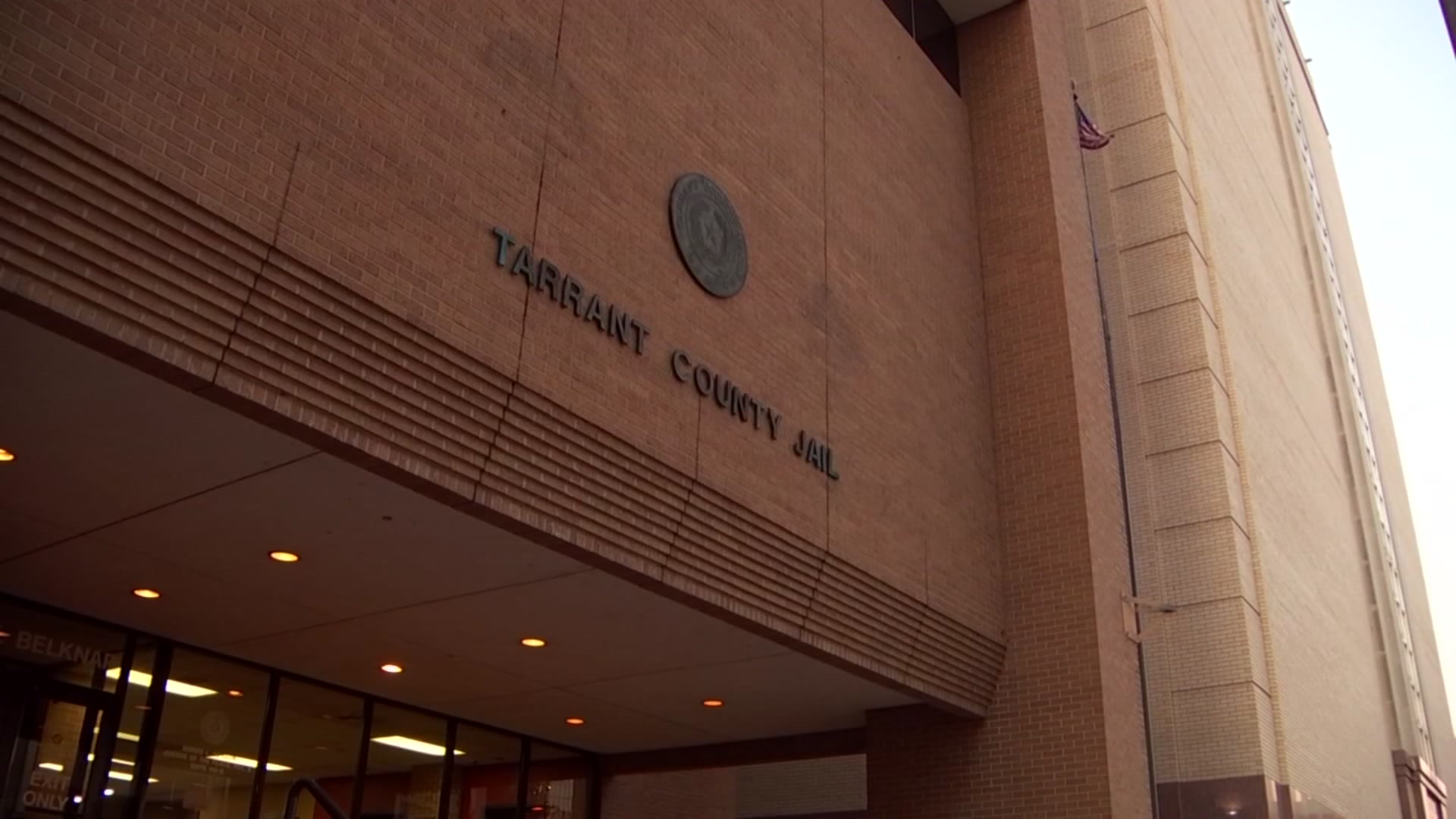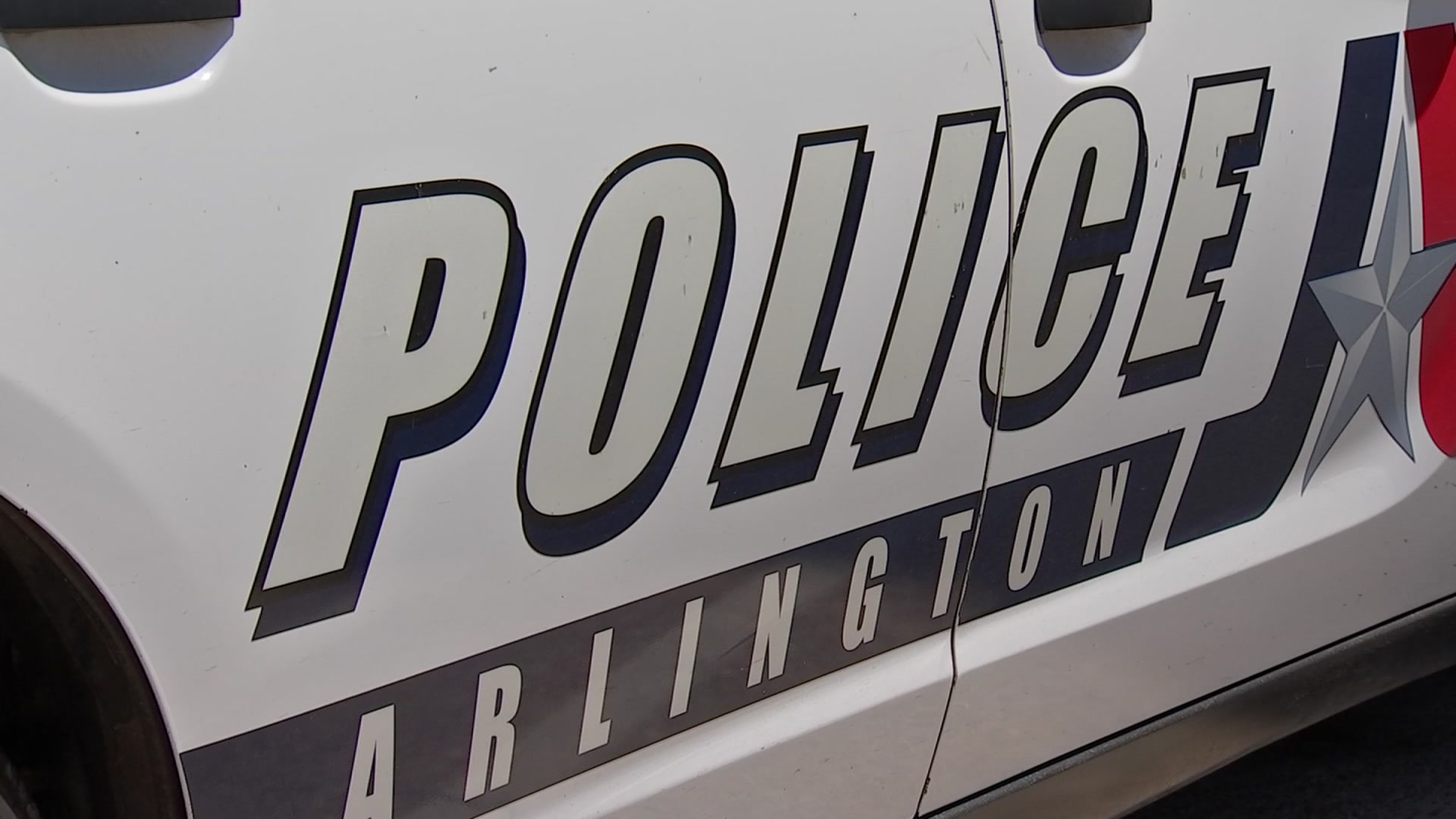With the forecast of triple-digit temperatures in North Texas to last for several days, and a Heat Advisory in effect until 7 p.m. Wednesday, Medstar Ambulance in Fort Worth is ready for an increase in heat-related emergency calls.
Medstar's public affairs director, Matt Zavadsky, said heat-related calls in their service area are up 47 percent over last year.
On Monday, Medstar responded to 10 heat-related calls for everything from people working outside in the heat, to a woman overcome with heat exhaustion in a hot apartment, to two children being locked in a hot car. None of those were deadly.
"First is heat exhaustion, that's where you're getting weak, fatigued, sweating profusely, very thirsty, " said Zavadsky. "That is a medical concern, but not a medical emergency."
Heat exhaustion can quickly progress to heat stroke.
"Now the body has lost its ability to sweat. This body temperature shoots way up high, they can have seizures, they can become unconscious," Zavadsky explained. "That is a true life-threatening emergency."
If left untreated, or if treated improperly, heat stroke can be fatal.
Local
The latest news from around North Texas.
Zavadsky said Medstar responded to two calls this summer where patients died from heat stroke. He said it's not just the heat, but the prolonged period of heat that is a concern.
Medstar's busiest times in the summer for heat-related calls are from 2 p.m. to 9 p.m., as the sun builds toward the hottest part of the day and in the first few hours after.
| With such oppressive heat in the forecast, North Texans are reminded to check on their friends and loved ones with health problems as they may be among the most susceptible to heat exhaustion and heat stroke. As always, never leave young children or pets unattended in an enclosed vehicle, even for a short amount of time, as temperatures can quickly rise to threatening levels. Pets should not be left unattended outdoors for more than a few minutes. Water is the cornerstone to staying safe this week, according to the Centers for Disease Control and Prevention. Officials said it's important to start drinking before becoming thirsty and if you know you're going to be out in the heat, begin drinking water the night before. Officials recommend staying indoors, but anyone who must be outside should drink a cup of water about every 20 minutes and wear lightweight, loose-fitting clothing. |
| According to the Centers for Disease Control and Prevention, the symptoms of heat stroke include hot, dry skin or profuse sweating; hallucinations, chills, throbbing headache, high body temperature, confusion/dizziness and slurred speech. Take the following steps to treat a worker with heat stroke: Call 911 and notify their supervisor. Move the sick worker to a cool shaded area. Cool the worker using methods such as: Soaking their clothes with water. Spraying, sponging, or showering them with water. Fanning their body. |
| According to the Centers for Disease Control and Prevention, the symptoms of heat exhaustion include heavy sweating, extreme weakness or fatigue, dizziness and confusion, nausea, clammy or moist skin, pale or flushed complexion, muscle cramps, slightly elevated body temperature and fast or shallow breathing. Treat a worker suffering from heat exhaustion with the following: Have them rest in a cool, shaded or air-conditioned area. Have them drink plenty of water or other cool, nonalcoholic beverages. Have them take a cool shower, bath, or sponge bath. |




